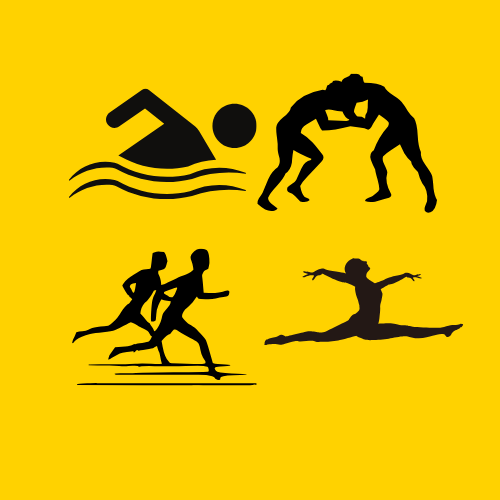
The Power of Relaxation: Leading with Your Elbow
Imagine gliding through the water, each stroke seamless and effortless. The secret? Relaxation and technique—the art of letting your elbow lead the way. This approach transforms the swimming experience from a struggle into a fluid dance, one that athletes and coaches recognize as vital for success. In the world of sports, understanding how to effectively manage your body can spell the difference between a good performance and a great one.
Why Relaxation Matters in Competitive Swimming
For competitive swimmers, the body's natural mechanics are crucial. Relaxing, especially while in motion, allows for better form and enhanced propulsion. When swimmers keep their shoulders and arms tense, their strokes may become choppy, stifling both speed and efficiency. A focus on relaxation encourages a strategy where the elbow leads, promoting the most effective entry into the water and harnessing optimal power during the pull phase.
How Elbow Positioning Changes the Game
Elbow positioning is not just a matter of aesthetics; it's about physics. With a higher elbow position during the catch phase of the stroke, swimmers can utilize their forearms as effective paddles, thus increasing their body’s surface area in contact with water. This technique, often referred to as the 'early vertical forearm' position, allows swimmers to anchor their pull more effectively without wasting energy on unnecessary movements. Coaches and swimmers often emphasize drills to enhance elbow awareness, pushing focus beyond mere distance swimming to embrace technique as the backbone of performance.
Real-Life Application: Coaches' Insights
Renowned coaches advocate for refining this technique among athletes of all levels. Not just for elite competitors, relaxation and proper elbow technique are essential for novice swimmers. The way to achieve consistent improvement is to integrate muscle memory with relaxation practices during training. As athletes move from drill to actual race conditions, they may need reminding to maintain this balance that optimizes performance.
Overcoming Mental Barriers: The Psychological Edge
It’s fascinating how the mind influences physical performance. Many athletes struggle with anxiety and tension, especially before competitions. Understanding that relaxation can enhance their swimming technique provides a dual benefit—improving both mental clarity and physical execution. Instruction focused on breathing techniques and visualization can usher in a calm mindset that complements the physical aspect of leading with the elbow, thus enriching their swim experience.
Future Trends: Evolving Coaches' Techniques
As we move towards a future steeped in innovation, technology interlinks with training methodologies. Swimmers are equipped with movement-tracking devices that analyze stroke mechanics down to the minutest detail—the perfect opportunity for coaches to refine relaxation and elbow positioning while seeking maximum efficiency. Through data, insights can drive personalized coaching strategies that evolve, reflecting the ever-changing nature of competitive swimming.
Common Myths: Debunking the Misconceptions
Swimmers tend to dismiss relaxation as an essential skill, believing power stems solely from strength and speed. This sets a dangerous precedent where athletes may push harder, leading to injuries and burnout. Understanding that relaxation is just as crucial encourages the balance of strength with finesse, propelling athletes towards longevity in their careers.
Take Action: Transform Your Stroke Technique
Whether you’re a coach or a swimmer, applying the principle of leading with your elbow is a game-changer. Prioritize relaxation in practice and educate athletes about its value. As swimmers transition through their strokes, they will begin to appreciate the beauty and effectiveness of this technique. It’s time to revolutionize your training; embrace the art of swimming.
 Add Row
Add Row  Add
Add 




Write A Comment